Revisiting South Africa's Nuclear Weapons Program
Nonfiction, Social & Cultural Studies, Political Science, Politics, Arms Control, History, Military, Nuclear Warfare| Author: | David Albright | ISBN: | 9781370346332 |
| Publisher: | David Albright | Publication: | August 8, 2016 |
| Imprint: | Smashwords Edition | Language: | English |
| Author: | David Albright |
| ISBN: | 9781370346332 |
| Publisher: | David Albright |
| Publication: | August 8, 2016 |
| Imprint: | Smashwords Edition |
| Language: | English |
How did South Africa obtain nuclear weapons? How did the apartheid government dismantle this intensely secret program?
In 1989, South Africa made the momentous decision to abandon its nuclear weapons, making it the first and still the only country that has produced nuclear weapons and given them up. Over thirty years, the apartheid regime had created a remarkably sophisticated capability to build nuclear weapons—both the nuclear warhead and advanced military systems to deliver them. The program was born in secret and remained so until its end. The government initially sought to dismantle it in secret. It hoped to avoid any negative international consequences of possessing nuclear weapons. The apartheid government’s strategy did not work, because too many intelligence agencies knew about South Africa’s nuclear weapons. Faced with intense pressure, South Africa’s President F.W. de Klerk reversed course and adopted a policy of transparency in 1993. However, he decided to hide many of its aspects. Nonetheless, most of the remaining secrets emerged over the ensuing 25 years. Revisiting South Africa's Nuclear Weapons Program provides the first comprehensive, technically-oriented look at South Africa’s nuclear weapons program; how it grew, evolved, and ended. It also finds lessons for today’s proliferation cases.
How did South Africa obtain nuclear weapons? How did the apartheid government dismantle this intensely secret program?
In 1989, South Africa made the momentous decision to abandon its nuclear weapons, making it the first and still the only country that has produced nuclear weapons and given them up. Over thirty years, the apartheid regime had created a remarkably sophisticated capability to build nuclear weapons—both the nuclear warhead and advanced military systems to deliver them. The program was born in secret and remained so until its end. The government initially sought to dismantle it in secret. It hoped to avoid any negative international consequences of possessing nuclear weapons. The apartheid government’s strategy did not work, because too many intelligence agencies knew about South Africa’s nuclear weapons. Faced with intense pressure, South Africa’s President F.W. de Klerk reversed course and adopted a policy of transparency in 1993. However, he decided to hide many of its aspects. Nonetheless, most of the remaining secrets emerged over the ensuing 25 years. Revisiting South Africa's Nuclear Weapons Program provides the first comprehensive, technically-oriented look at South Africa’s nuclear weapons program; how it grew, evolved, and ended. It also finds lessons for today’s proliferation cases.
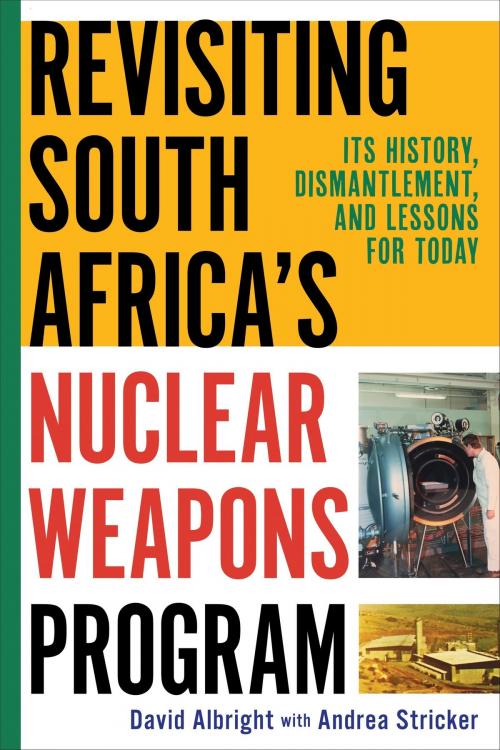
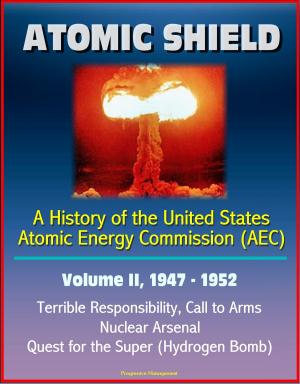
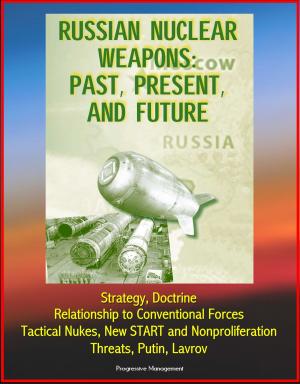

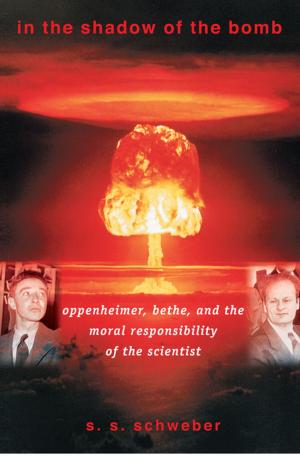
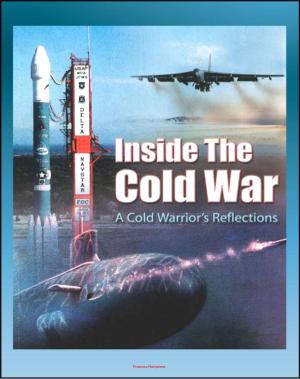
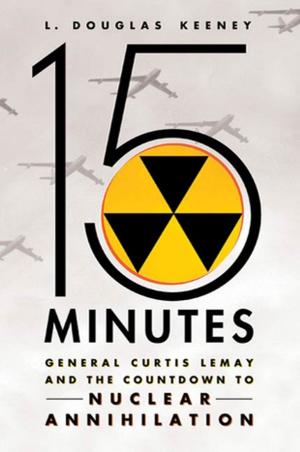




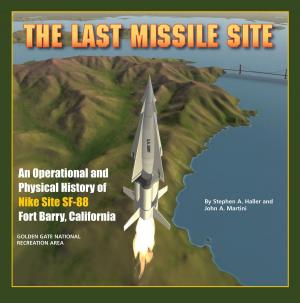



![Cover of the book THE BEATLES AND THE BOMB [Box Set]: The Atomic Times and Always On Sunday by David Albright](https://www.kuoky.com/images/2014/april/300x300/1230000230594-gKGc_300x.jpg)